The mountain forges
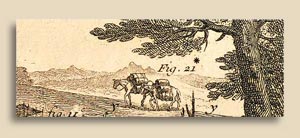
16. Hauling the charcoal was one of the most important
tasks in early ironworking.
The early installations used to transform iron ore in the Basque Country during
the Middle Ages were known as
haizeolak or
agorrolak in Basque or ferrerías
in Spanish. They are also frequently referred to as "mountain forges", because
they were normally located in the hills, where there was a ready supply of
the indispensable raw materials, charcoal and iron ore.
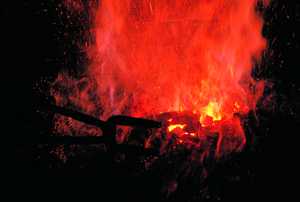
13. Fire at the Mirandaola Forge, Legazpi.
There has been little research into these early Basque ironworks, although the
existence of large slag heaps in the hills and outlying areas has long been
known of. These are commonly called zepadis, and are attributed to the iron-working
processes. Garibay, and more recently Isasti, have suggested that they may mark
the remains of works predating the water-powered smithies:
"At some point there
were smithies in the mountains of Gipuzkoa, where they worked the iron with
their hands and not with water-driven devices".
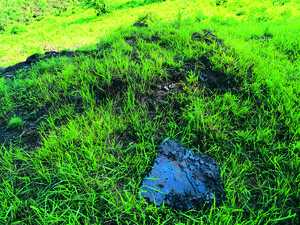
15. The numerous remains of slag heaps in the
hills of Gipuzkoa are a legacy of the old "mountain forges". Slag from
the Salobieta "haizeola" in Legazpi.
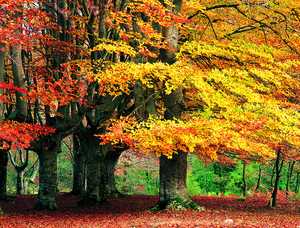
14. The deciduous forest has always been a source
of raw material for charcoal-making
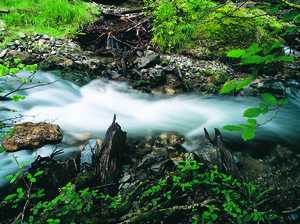
19. Remains of a wooden weir. Wood was commonly
used to build the early weirs. Goizarin Forge, Artikutza.
We have little clear and reliable information, however, on what exactly these smithies were like. As other authors have pointed out (IBARRA, 1989), their essential components were very similar-simple fires with hand-powered bellows-but the characterisation varies; ranging from furnaces of very varied size and appearance to simple covered pits in the ground. There has been little or no archaeological analysis of these sites of the kind carried out in the
zepadis of Oiola (Trapagaran, Bizkaia), which has given us interesting guidelines for interpreting the furnaces, the system of work and the metals obtained.
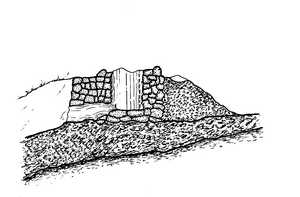
20. The furnace of an "haizeola", or mountain
forge, by Manuel de Laborde in "Forges in Legazpi".
In any case, the little information we do have appears to confirm a low degree of technical advance, furnaces of very different layouts and sizes-which may be due to the fact that the studies cover operations spanning eight or nine centuries-poor quality of the product obtained-necessitating laborious forging work-and limited productivity.
Despite the restricted profitability of the system in modern terms, these installations
continued to produce a significant output and the system was still widely used
even during the gradual spread of new water-powered mechanisms for iron dressing
and manufacture.

18. Slag. Zaralain Forge, Legazpia.

22. Detail of ore lode from the Aizpea mining
area (Zerain).

17. Elevation of the Agorregi forge (Aia). East
face.

21. Iron ore.




